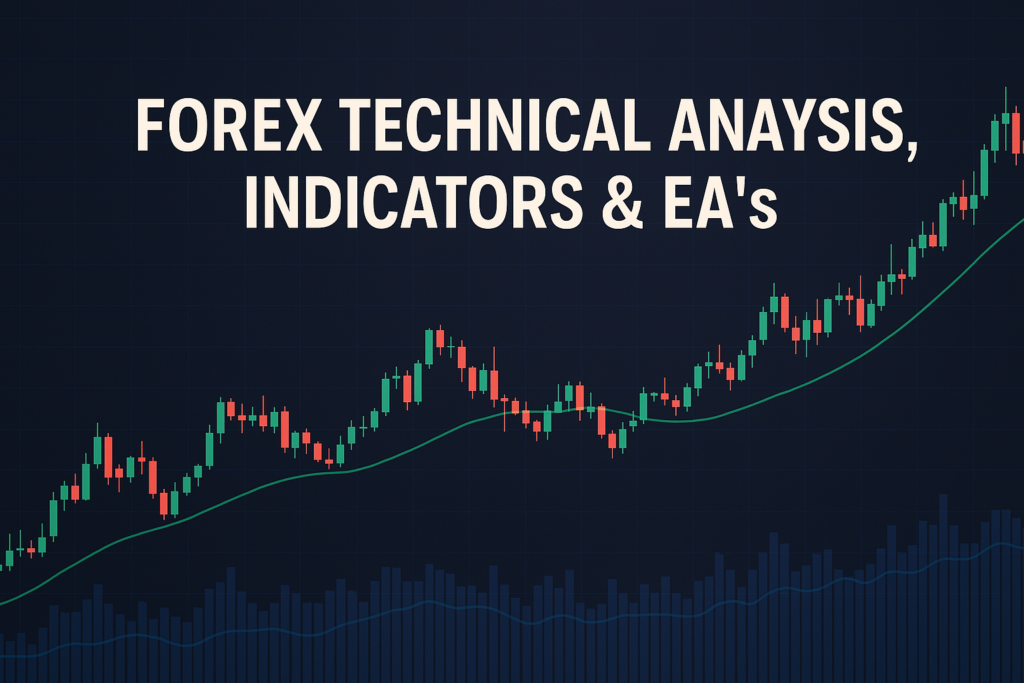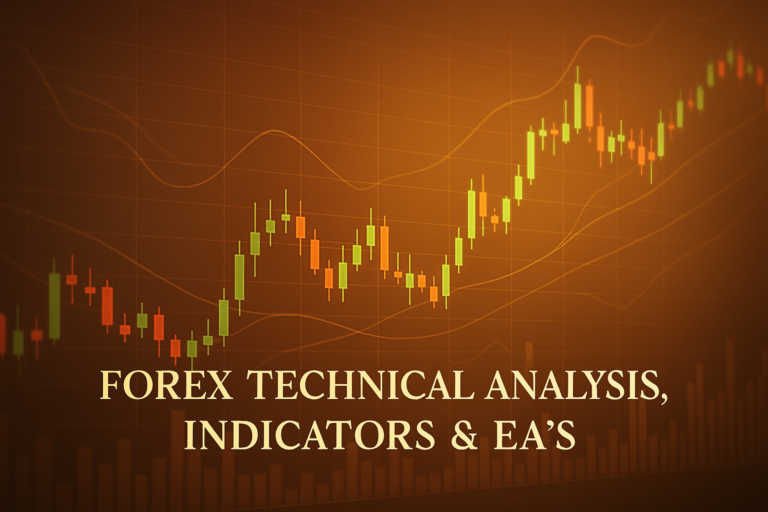
Momentum is a key concept in Forex trading that can enhance your trading strategies and decision-making process.
Momentum is a powerful tool in Forex trading. It helps traders identify the strength of price movements and trends. When traders understand momentum, they can make better decisions on when to buy or sell currencies. It’s like being able to read the flow of a river; knowing which way it’s going helps you navigate better.
However, many traders, both beginners and professionals, struggle with momentum. They often find it confusing and hard to apply in real-time trading. Without a clear grasp of how momentum works, they might miss opportunities or make costly mistakes. Understanding momentum is crucial because it can significantly enhance trading performance and profitability.
This article will explore momentum in detail. We will define what it is, discuss its types, and outline the common periods used. You will also learn about the history of momentum, its advantages and disadvantages, and how to apply it in trading. We will share various strategies to use momentum effectively in Forex.
Effective trading doesn’t only rely on momentum; it also requires good forex money management strategies. These strategies help protect your capital and ensure long-term success in trading.
What is a Momentum?
Momentum is the speed of price movements in the Forex market. Think of it like a car speeding down a hill. The faster it goes, the more momentum it has. In trading, if a currency pair is moving rapidly in one direction, it has strong momentum. Traders look for this speed to make decisions. For example, if the Euro is rising quickly against the US Dollar, that’s momentum in action.
Types of Momentum
There are different types of momentum indicators that traders use. Each type helps them analyze price movement in its way. The most common types include:
- Simple Momentum: This is the basic measure of how fast prices are changing.
- Exponential Momentum: This type gives more weight to recent prices, making it more responsive to changes.
- Weighted Momentum: Similar to exponential, but it weights prices differently, based on their importance.
How Momentum Smooths Out Price Action
Momentum indicators help smooth out the price action. They filter out the noise in the market, making it easier for traders to spot trends. For instance, if a currency pair shows a strong upward momentum, it indicates that the price is likely to continue rising. This information is crucial for traders looking to enter a position at the right time.
Common Periods Used and Why
Traders often use specific periods to measure momentum. Common periods are 14, 20, or 30 days. These periods help traders gauge short-term versus long-term trends. For example, a 14-day momentum indicator might show quick changes, while a 30-day might indicate a more stable trend. Choosing the right period depends on the trader’s goals and the timeframe they are trading in.
The History of Momentum: How It Became Popular
Origin of Momentum
The concept of momentum in trading began to gain traction in the late 20th century. It was created to help traders understand price movements better. Traders used it to analyze past price trends and predict future movements, making it an invaluable tool.
When Did Traders Start Using It Widely?
In the 1980s, traders began to adopt momentum more widely. As technology improved, access to data and tools became easier. This made it possible for more traders to utilize momentum in their strategies. The rise of online trading platforms also contributed to its popularity.
Real-Life Stories
Many professional traders made fortunes by using momentum indicators. For example, during a strong bullish market, a trader identified a rising stock. By applying momentum analysis, they entered a position early, riding the wave of profits as the stock surged. Such stories inspire many traders to learn and apply momentum in their strategies.
Advantages and Disadvantages of Momentum
Advantages:
Momentum offers several benefits that can help traders succeed:
- Helps Identify Trends Easily: Traders can quickly spot which way prices are moving.
- Useful for Dynamic Support and Resistance: Momentum can indicate where prices may reverse.
- Works Well for Crossover Strategies: Combining momentum with other indicators can enhance trading signals.
Disadvantages:
However, momentum also has its drawbacks:
- Lags Behind Price Movements: Momentum indicators may not react instantly to price changes.
- Can Give False Signals in Sideways Markets: During periods of low volatility, momentum may mislead traders.
How to Apply Momentum on MT4 & MT5
Step-by-Step Guide to Adding Momentum on Charts
To use momentum on MT4 or MT5, first, open your trading platform. Then follow these steps:
- Go to the “Insert” menu.
- Click on “Indicators.”
- Select “Oscillators,” then choose “Momentum.”
Customizing Momentum Settings
You can customize the momentum settings to fit your trading style. Adjust the periods for faster or slower signals. Change colors for better visibility on your charts. Simple tweaks can make a big difference!
Saving Templates for Easy Application
If you find a momentum setup you like, save it as a template. This way, you can apply it quickly to any chart in the future. It saves time and keeps your analysis consistent.
5 to 7 Trading Strategies Using Only Momentum
Strategy 1: All Time Frame Strategy (M5 to D1)
This strategy works across multiple time frames, allowing traders to adapt to various market conditions. Look for a strong momentum signal, and enter a trade in the direction of that momentum.
Strategy 2: Trending Strategies
When a currency pair shows strong upward or downward momentum, trade in that direction. For example, if the USD is gaining strength, buy USD currency pairs.
Strategy 3: Counter Trade Strategies
In this strategy, look for overbought or oversold conditions. If momentum shows that a currency is overbought, consider selling it. It’s about finding reversals.
Strategy 4: Swing Trades Strategies
Use momentum to catch short-term price swings. Enter a trade when momentum turns in your favor, then exit once it begins to slow down.
5 to 7 Trading Strategies Combining Momentum with Other Indicators
Strategy 1: All Time Frame Strategy (M5 to D1)
Combine momentum with moving averages for clearer signals. Enter trades when momentum crosses above a moving average.
Strategy 2: Trending Strategies
Use momentum alongside trendlines. If both indicators show a trend, it strengthens your trade signal.
Strategy 3: Counter Trade Strategies
Combine momentum with RSI to spot potential reversals. If momentum is high but RSI shows overbought, it might be time to sell.
Strategy 4: Swing Trades Strategies
Use momentum with Fibonacci retracement levels. If momentum aligns with a key level, it can signal a strong entry point.
For a broader understanding of the market, check out our Forex Fundamental News Analysis April 11, 2025. This analysis can provide insights into market-moving events.
Top 10 FAQs About Momentum
1. What is momentum in Forex trading?
Momentum is the speed at which a currency’s price moves. It helps traders identify trends and make informed decisions.
2. How do I use momentum indicators?
You can use momentum indicators to analyze price movements. They help confirm trends and identify potential reversals.
3. What are the best time frames for momentum trading?
It depends on your trading style. Scalpers may prefer shorter time frames, while swing traders might look at daily charts.
4. Can momentum indicators be misleading?
Yes, in sideways markets, momentum can give false signals. It’s essential to combine it with other indicators.
5. How can I improve my momentum trading?
Practice with demo accounts, study successful strategies, and continuously learn about market trends.
6. What is the best momentum indicator?
There is no “best” indicator, but the Relative Strength Index (RSI) and Moving Average Convergence Divergence (MACD) are popular choices.
7. Can I use momentum in all markets?
Yes, momentum can be applied in various markets, including stocks and commodities, but it’s primarily popular in Forex.
8. How do I combine momentum with other strategies?
Use momentum alongside trend indicators or oscillators to strengthen your trading signals and increase accuracy.
9. What should I avoid when trading momentum?
Avoid relying solely on momentum without considering market conditions. Always combine it with proper analysis and risk management.
10. Is momentum trading suitable for beginners?
Yes, but beginners should start with a solid understanding of the basics and practice with demo accounts before trading live.
Conclusion
In summary, understanding momentum is vital for successful Forex trading. It helps identify trends and make informed decisions. By applying the strategies mentioned, traders can harness momentum to their advantage.
Before diving into real money trading, test these strategies in a demo account. This practice will build confidence and improve your trading skills.
This post complements what we’ve discussed here—check it out for more insights Kiplinger, FXStreet
Expand Your Knowledge
- 📌 Forex Trading Learning Road Map
- 📌 Forex Trading Course with no Fees
- 📌 Forex Trading Issues, Problems, and Solutions
- 📌 Forex Daily Forecast & Live Updates
- 📌 Forex Fundamental & News Analysis: Tomorrow’s Market Movers & Trade Opportunities
- 📌 Forex Education Hub: Learn & Profit
- 📌 Forex Technical Analysis, Indicators & EA’s
Start Trading Today
Ready to take your forex trading to the next level? Open an account with Exness, one of the most trusted platforms in the industry. 👉 Sign Up Now and start trading with confidence!
Exness stands out with ultra-low spreads for mini traders, instant withdrawals, and zero spread accounts for pro traders. Trusted since 2008, Exness offers lightning-fast execution, no hidden fees, and a secure, transparent trading environment—giving you the edge you need to succeed. 🚀 Join now and trade smarter!
Watch this helpful video to better understand Momentum:
Note: The video above is embedded from YouTube and is the property of its original creator. We do not own or take responsibility for the content or opinions expressed in the video.
In the world of Forex trading, understanding momentum is crucial for making informed trading decisions. The concept of momentum can be simplified by looking at the price direction in relation to market speed. For instance, if the market is in a downward trend, traders should ideally look for opportunities to short, as prices are falling. This is referred to as centrifugal momentum, where the market’s downward movement creates a flow that traders can follow. Conversely, if the market is falling but the price is far from the actual trend, it can present a different opportunity. This is described as centripetal momentum, akin to a yo-yo hanging from a string that swings and creates forces in opposite directions. Recognizing these different types of momentum helps traders decide whether to go with the market trend or against it, with the understanding that trading against the trend carries higher risk and usually lower reward.
Moreover, successful Forex trading requires patience and strategic decision-making. The ideal approach is to wait for clear signals before entering trades. For example, if the price crosses below a moving average line, it may indicate a strong short position, prompting traders to take action. However, if momentum shifts or price fluctuates within a narrow range, it’s wise to avoid trading until a clearer direction emerges. Many traders set alarms to notify them when prices break through certain levels, which allows them to react without constantly monitoring the market. This method reduces stress and helps maintain focus on optimal trading opportunities. Ultimately, the key to successful trading is to go with the market flow, minimizing unnecessary risks and maximizing potential gains. As traders navigate the often unpredictable Forex landscape, maintaining a clear understanding of momentum and waiting for the right moments to act can lead to more favorable outcomes.
Additionally, a common frustration among traders is when their broker disables trading during critical moments. This can happen during high volatility events or significant news releases, which can prevent traders from entering or exiting positions at crucial times. Such disruptions can lead to missed opportunities or increased losses. It’s important for traders to understand their broker’s policies and to be prepared for these scenarios. For more insights on this topic, check out our post on Broker disabling trading during critical moments. Understanding how to navigate these challenges can empower traders to make better decisions and enhance their trading experience.


